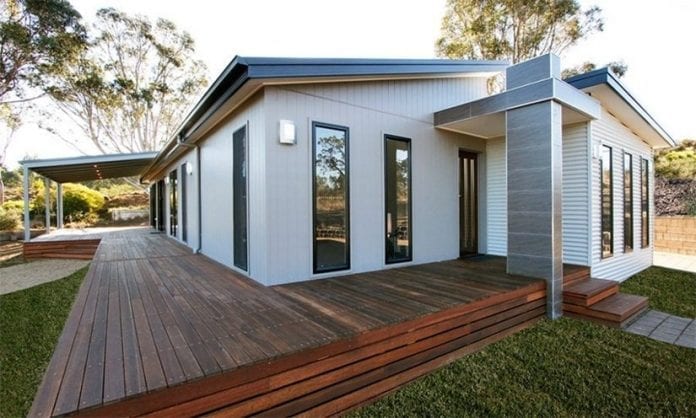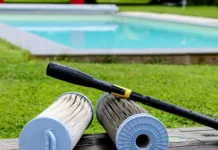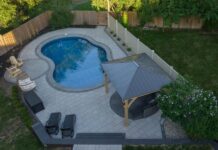Are you tired of spending all of your time and energy working on your house? Do you get frustrated by the constant need to call in a repair person to fix issues? Well, you may benefit from rethinking your home’s key systems and parts. And with a little creativity, you can create an (almost) maintenance-free property.
Benefits of a Low Maintenance House
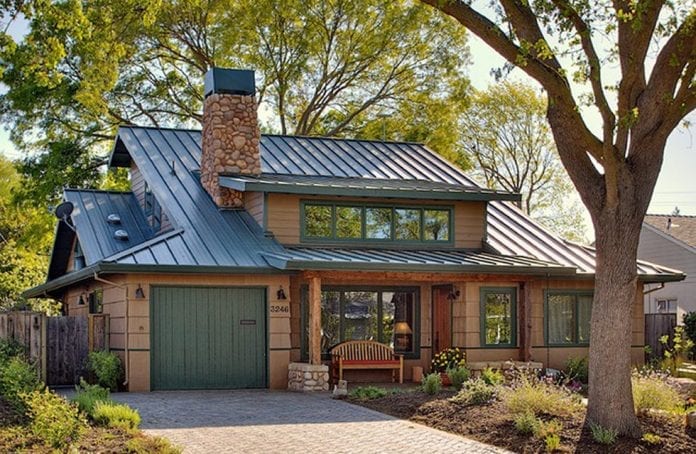
Most people agree that buying a house is a better long-term decision than renting. And while the benefits of home ownership are clear, so are the downsides. One of the biggest downsides – a glaring black mark, if you will – is the maintenance.
System breakdowns, repairs, and upkeep come with the territory. But they don’t have to keep you from being a homeowner (or a happy homeowner). Because what people won’t tell you is that there are ways to optimize and upgrade your house to reduce ongoing maintenance tasks. And when you do so, you’ll enjoy benefits like:
- Fewer emergencies. A house that’s designed to be hands-off has fewer emergencies with HVAC, plumbing, electrical, and appliances. You get predictable service, fewer interruptions, and more enjoyment out of your house.
- Less stress. Home maintenance issues are one of the more stressful things people deal with on an annual basis. (Ever had a roof leak?) By preventing these issues in the first place, you take away this source of friction and free yourself up to relax.
- Lower costs. Designing and optimizing your house to be maintenance-free does come at a cost. However, when you compare the upfront expense against the reduction in long-term maintenance, it’s a no-brainer. Assuming you stay in your home for a few years (to reach the break-even point), you’ll come out ahead.
- Higher resale value. Finally, low- and no-maintenance upgrades are highly valuable on the resale market. You’ll get almost all of your investment back when it comes time to sell your property.
Optimizing your house in such a way that it requires little-to-no maintenance doesn’t happen by accident, however. You need a plan. And in the remainder of this article, we’re going to outline specific ways you can do this.
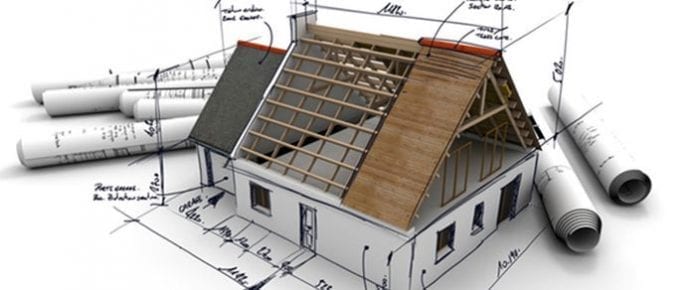
5 Ways to Achieve a Low Maintenance House
Your version of low maintenance might differ slightly from the next person, but here are some simple tips you can utilize to limit the burdens of homeownership and enjoy more of the upside.
1. Waterproof Your Basement
If you have a basement in your house, you should consider waterproofing it. According to www.basementsandinteriors.com, waterproofing your basement:
- Reduces insurance claims (saving you money)
- Prevents damage to personal belongings
- Creates a healthier home environment
- Prevents structural damage
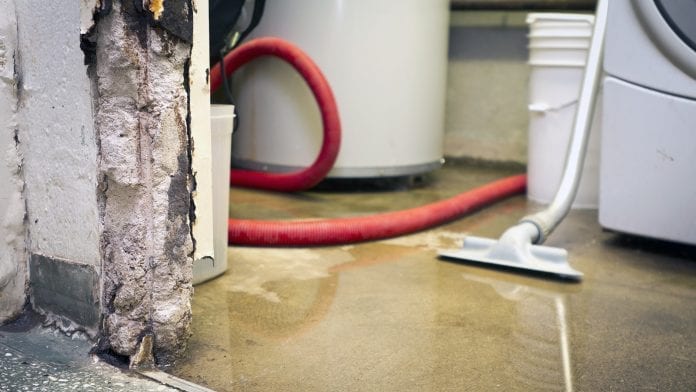
The process of waterproofing a basement isn’t as invasive as you might think. Companies can use no-dig systems and other advanced technology to keep the work and mess to a minimum. (Best of all, it’ll last you decades.)
2. Install a Metal Roof
A home’s roof can be a nightmare. Not only does it have to be replaced every so often, but it’s also prone to damage and leaks.
Want to do away with roof maintenance and enjoy better protection with fewer issues? A metal roof is the answer.
Metal roofing typically lasts somewhere between 50 and 100 years – meaning you’ll never have to touch it again. And in terms of maintenance, all you have to do is occasionally clear off leaves and branches (if necessary). Otherwise, there’s virtually no maintenance required. Once the roof is installed, you don’t have to think about it.
3. Go With Durable Siding
Siding is another one of those home materials you have to think about. Not all siding options are created equal, and if you want to reduce the time it takes to maintain and preserve your home’s siding, you should go with something other than wood or cheap vinyl.
Engineered wood is arguably the best choice. It’s flexible, moisture-resistant, and still has a natural wood appearance. Fiber cement is another good option. It looks great, comes in a variety of colors, and rarely experiences any type of breakage or cracking. It’s also warp- and rot-resistant.
4. Invest in Hardscaping
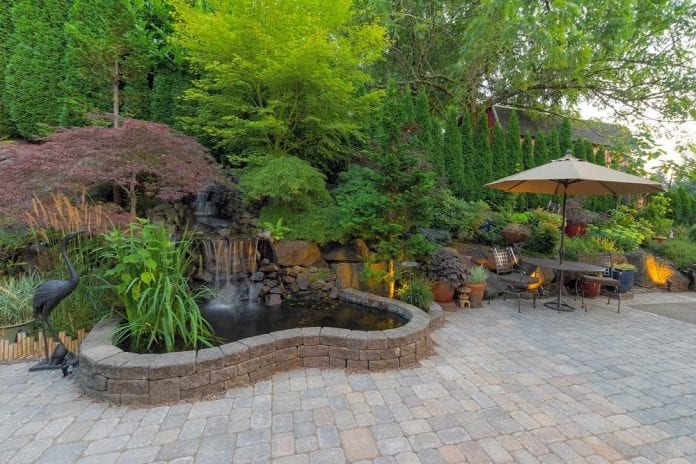
For many homeowners, it’s not the actual house that’s the biggest time-suck – it’s the yard! Landscaping can eat up hours of your week and keep you from enjoying your house. But with a few simple tweaks, you can reclaim your schedule and spend more of your week relaxing.
One of the top suggestions is to install hardscaping. This includes the use of natural stone, bricks, pavers, patios, gravel, and other durable surfaces that don’t grow or require weeding.
If you like the look of grass, but don’t care for the regular maintenance it requires, artificial grass is an option. We’ll go ahead and warn you that it’s pricey (somewhere in the $8 to $12 square foot range), but you’ll never have to mow, weed, water, or fertilize again.
As far as plants go, native plants and perennials are good choices. And if you’re particularly inept or forgetful, look for plants that are known to be drought-tolerant and hardy.
5. Go Solar
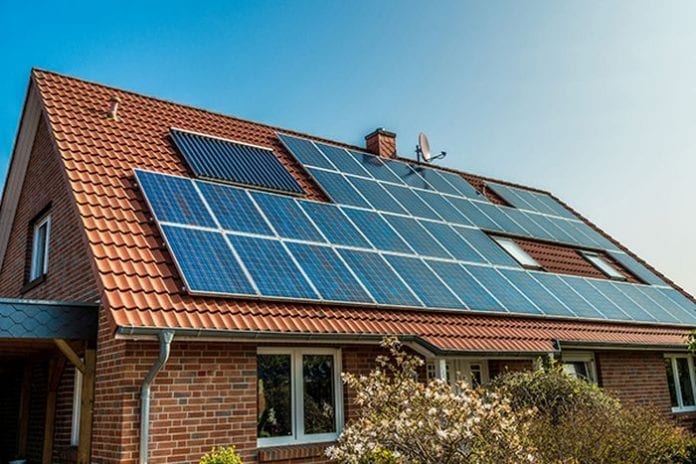
Solar power has been around for a while, but it’s just finally become a realistic option for the average homeowner. And in addition to saving money, it can also eliminate much of the maintenance burden that more traditional systems create.
First off, solar systems are going to last somewhere between 25 and 30 years on average. Secondly, because there are no moving parts, there’s less to break down. Finally, more solar means less work for your HVAC system and other key appliances that are prone to breakdowns. That’s a win-win-win!
From Burden to Blessing
A house can be a burden or a blessing. If you buy a house simply because other people tell you it’s what you should do, you’ll probably end up stressed, anxious, and burdened. Don’t buy a house just because it feels like the next step. Instead, patiently determine whether it’s right for you (and when it’s best to do so).
But if you are ready to buy a house, aiming to make it as maintenance-free as possible will do you wonders. Hopefully this article provides a launching pad for progress!
